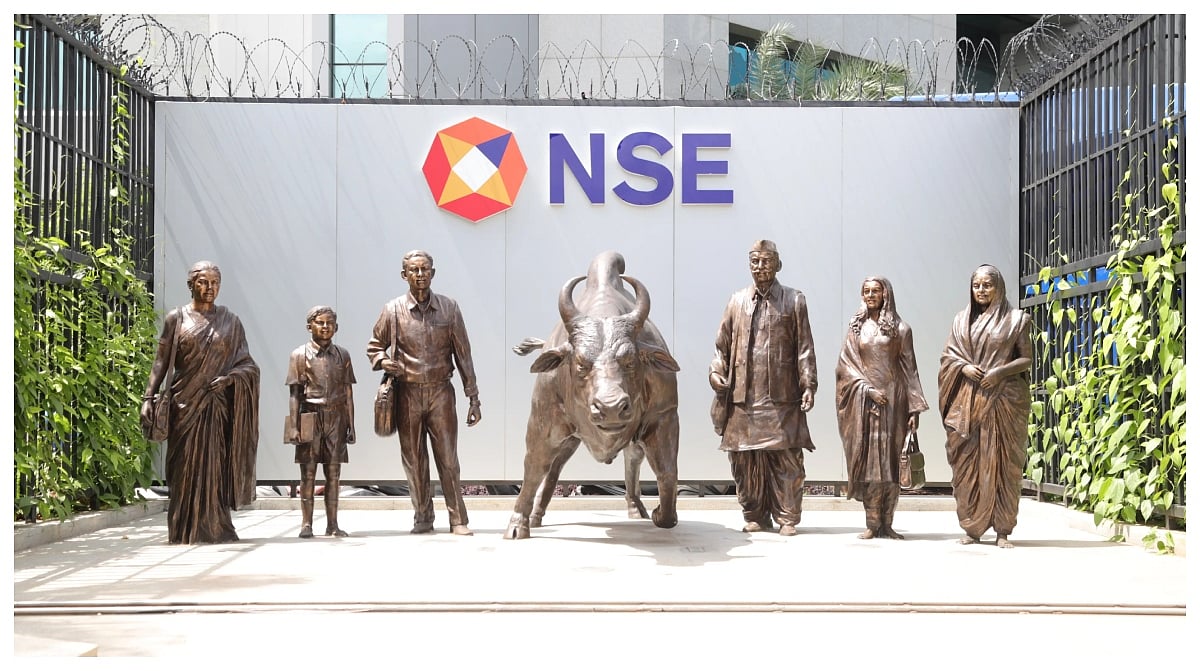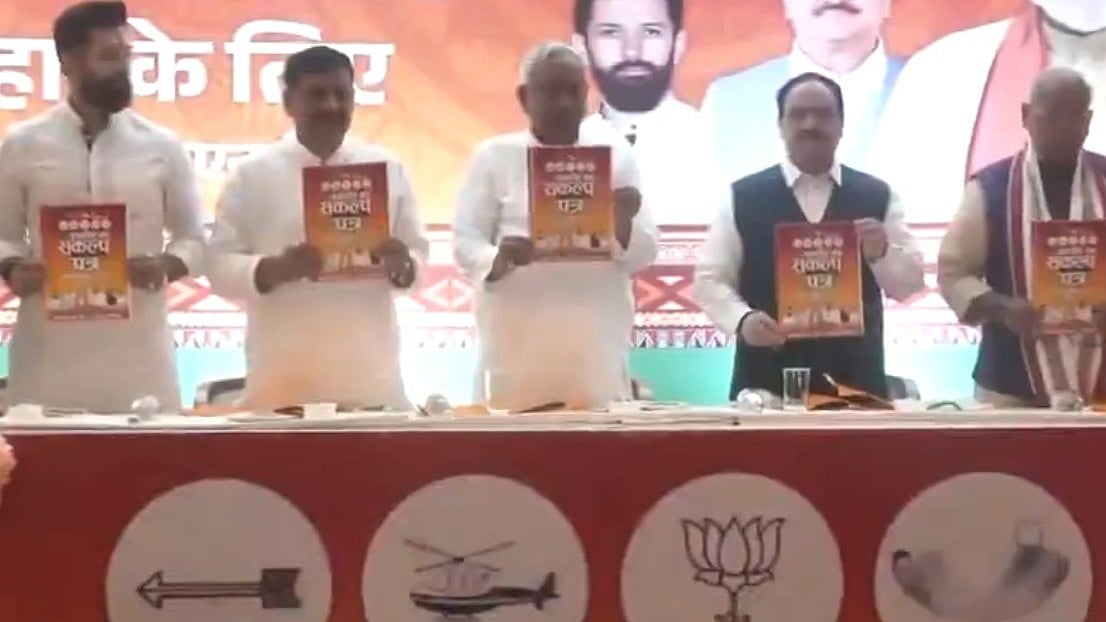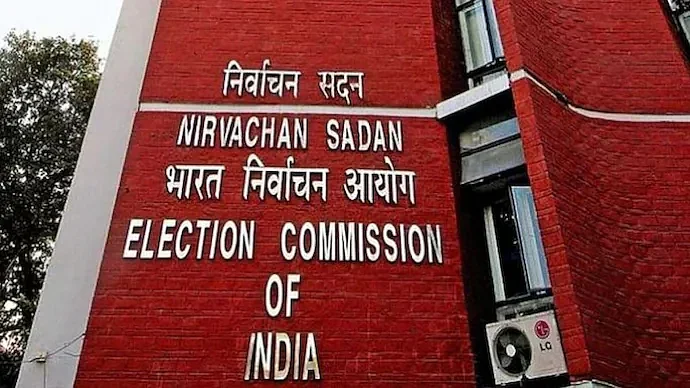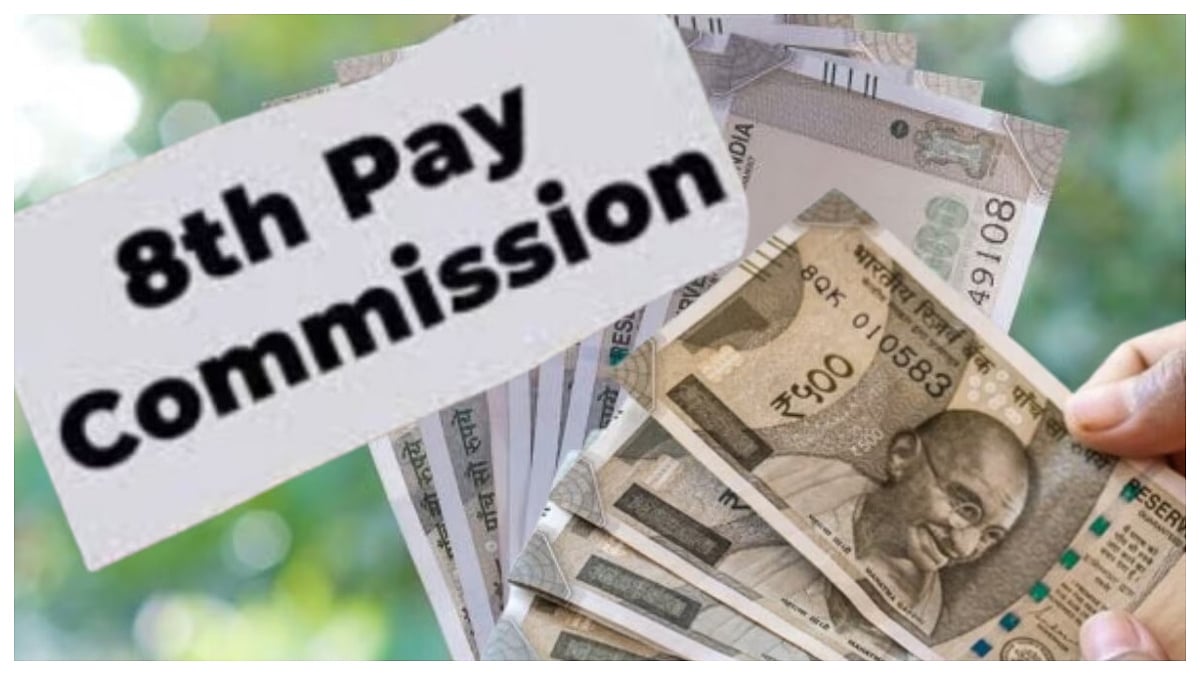The past few days have seen unbridled cheer and optimism in the city as the 21.8-kilometre six-lane bridge over water, connecting south Mumbai via Sewri to Navi Mumbai, was thrown open in a grand ceremony. Conversations and arguments, including by Prime Minister Narendra Modi who inaugurated it before presenting the spectacle of his grand walk on the bridge, have been about how this Mumbai Trans Harbour Link (MTHL) was the new dawn in the city’s infrastructure.
The MTHL has been variously labelled as “a new epoch of infrastructural future”, “an engineering marvel” which “connects millions” and furthered “the ease of mobility of citizens”. It will reduce travel time to the Nhava Sheva area in Navi Mumbai from the present 1.5 hours to barely 20 minutes, the makers have promised. Promptly christened as Atal Setu, after the late Prime Minister Atal Bihari Vajpayee, the bridge has cost a staggering Rs 17,840 crore. It has been touted as an “environmentally friendly design” too, ticking off the box that many are worried about in the era of climate change.
Nothing brings out the crafty packaging of large infrastructure projects as much as the MTHL does. The advertising copy about the bridge is important; what it does not say is even more so — the bridge has been hyped as a public project but is largely or exclusively meant for private cars, it has been sold as the road to ease mobility but only for a fraction of Mumbai’s nearly 10 million daily commuters, it is supposed to bring the two cities closer with unprecedented short travel time but, of course, it makes the commute from the proposed international airport to south Mumbai faster and seamless. And, it has been flaunted as environmentally-friendly when in fact it raises the stakes against both Mumbai and Navi Mumbai on the ecological front.
The idea of a trans harbour link is decades old and, some would argue, necessary infrastructure between cities that are separated by geography but connected in every other way. In the 1970s, when Navi Mumbai was planned by the trio of architects Charles Correa and Pravina Mehta with engineer-planner Shirish Patel to decongest the burgeoning Bombay, it was a different world altogether. The notion of the Mumbai metropolitan region which encompassed cities, towns and villages was being shaped; the Mumbai Metropolitan Region Development Authority was set up only in 1975.
The plan to integrate these cities and towns across harbours and creeks into an urban agglomerate whole was yet to be committed to paper in government offices. Mumbai was basking in the glory of having land-filled the sea once again and created Nariman Point which, for many decades, would be the icon of India’s growing economy and commerce. The city itself was in the growth phase with in-migration yet to touch the worrying highs that it did till after the turn of the century. But construction was already among the top commercial activities, and increasing areas of Mumbai’s verdant landscape were being claimed for it in the name of commerce.
Environmental concerns had begun to play out on the national stage — Chipko Andolan and Silent Valley protest, to name two — but had yet to become major determinants in people’s daily lives as they do now with intense rainfall spells and hotter summers. Taming the city’s natural topography and ecology in the service of commerce did not make headlines or cause major discomfort except among committed environmentalists who, in any case, were seen as dispensable voices in the city chorus.
The city was green. More than 35% of Mumbai, in the 1970s, was lush tree cover while 34% of the MMR was natural ecology; forests accounted for 21% of its total land surface of 4,427 square kilometres with mangroves and water bodies such as saltpans, marshes and mudflats another 13%. It seemed, then, as if the juggernaut of economy and commerce could just go on and on without a care for the ecological context it was in.
Mumbai and MMR of 2024 are starkly different. An IIT-Kharagpur study published five years ago, before the latest major assault on the ecology began, showed that the city’s tree cover had declined alarmingly from 35% to 13%; in the process of urbanisation, the city had lost 60% of its total vegetation and 65% of its water bodies. The urbanisation was the most dense in the city’s northern and eastern sides, where the MTHL now begins. In the MMR, the reduction of forests was between 5% and 7% till 2011 while population growth was an explosive 197% between 1971 and 2011.
What infrastructure projects like the MTHL do is drive further urbanisation which comes at the cost of natural ecology and encourage private transport which has proved substantially harmful to the environment. But this link is not the only one. A slew of projects that give primacy to private transport over the existing safe and reliable public transport systems pretty much follow the same route. The coastal road is a prime example of this trend. Also flaunted as an engineering marvel which will reduce the travel time between south Mumbai and the western suburbs, it has another less-favourable description. The Assessment Report 6 of the Intergovernmental Panel on Climate Change (IPCC) of the United Nations, which deliberates on climate issues around the world, called the coastal road a piece of “maladaptive infrastructure” as climate threat looms large over Mumbai.
Why do planners still ignore ecology in urban planning and design? Why do governments behave as if ecology did not, and will not, matter to the well-being of the city or the region? The answers are not hard to find but, nevertheless, disconcerting. The urban planning paradigm in Mumbai, as in other cities across India, continues to languish in the hangover of the post-Independence decades of the 1950s and 60s when master plans, in the great American tradition, gave primacy to economy and especially to private cars.
The notion of nature-based city planning, a powerful idea increasingly embraced by cities worldwide, is not new here but it is yet to be accepted as a powerful driving force in the making of cities. This would mean reviewing the economy-over-ecology planning framework that continues to prevail and shifting it, tectonically, to a more inclusive ecology-driven one. This does not spell good news for wealth and profits. And so Mumbai-MMR continues to trundle along the old path of master planning cities in a manner disconnected from their natural ecology.
Where and how the MTHL fits into the larger urban framework for MMR is yet unclear but it is possible to offer an educated guess: it makes the commute faster for private car owners and users between key points, one of which is south Mumbai and, the other, an emerging land market in Navi Mumbai in the light of the new international airport. The MTHL is hardly meant for the average Mumbai commuter given its steep daily and monthly toll rates. It is the archetypal showpiece that serves the prevailing political and financial elite. But then that’s not new in Mumbai, is it?
Smruti Koppikar is a senior journalist who writes extensively on cities, development, gender, and the media. She is the Founder Editor of the award-winning online journal ‘Question of Cities’









